
Jacob Da Costa
Jacob Mendez Da Costa (1833-1900) was an American physician. Eponymously affiliated with Da Costa Syndrome (1871) and Leuchonychia striata

Jacob Mendez Da Costa (1833-1900) was an American physician. Eponymously affiliated with Da Costa Syndrome (1871) and Leuchonychia striata
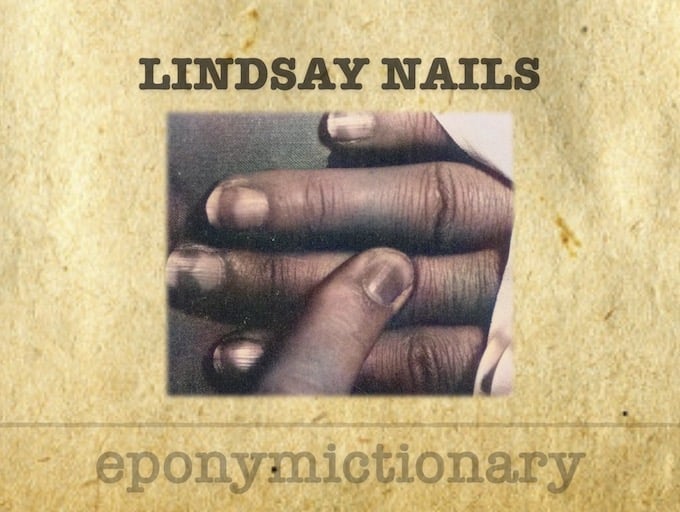
Lindsay nails (half-and-half nails) is an apparent leukonychia of the proximal portion of the nail which is white with distal 20-60% reddish-brown

Philip Gaylord Lindsay (1937 - 2017) was an American physician and psychiatrist. Remembered eponymously for Lindsay nails (1967)

Muehrcke's nails (or Muehrcke lines) are a disorder of the nail bed which can be a reflection of systemic disease. A distinct pattern of paired, white, transverse lines that usually spare the thumbnail and are most commonly in seen in association with hypoalbuminaemia, metabolic stress or chemotherapy.

Charles John Aldrich (1861-1908) American neurologist. Provided early description of Mees lines he termed 'Leuconychia striata arsenicalis transversus'
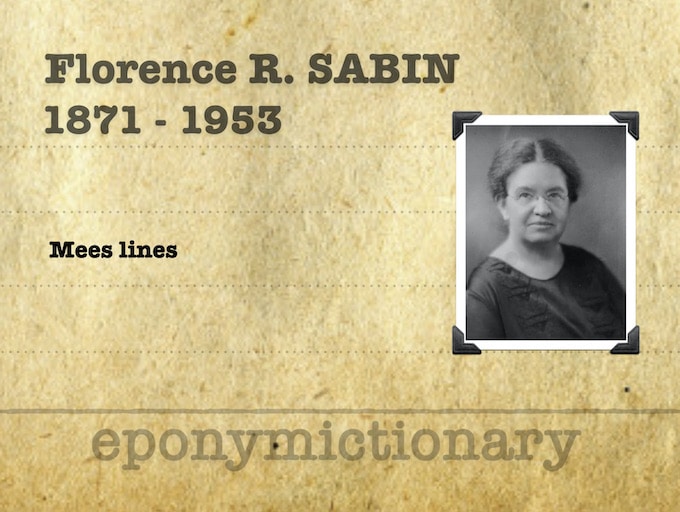
Florence Rena Sabin (1871-1953) American anatomist and medical researcher. Early description (1900) of Mees lines of the fingernails secondary to arsenic poisoning
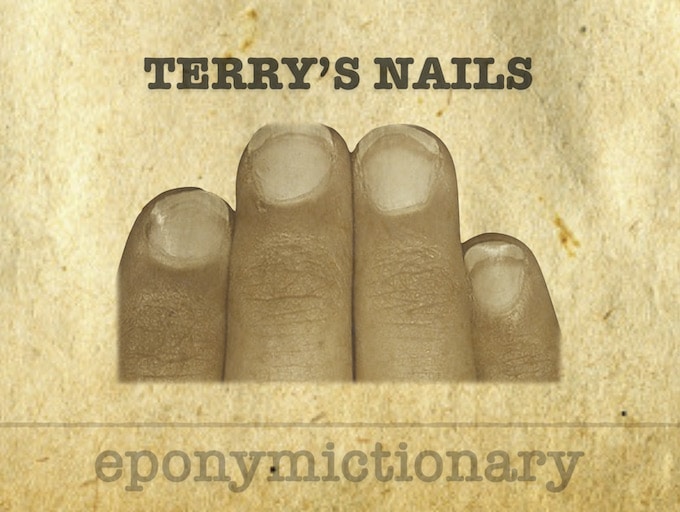
Terry's nails are a type of apparent leukonychia, characterized by ground glass opacification of almost the entire nail, with a narrow band of normal, pink nail bed at the distal border, and often with obliteration of the lunula.

Ernest Septimus Reynolds (1861 - 1926) was an English physician. Early description of Mees lines, arsenic poisoning and the 'Epidemic of Peripheral Neuritis Amongst Beer Drinkers in Manchester and District'

Richard Barratt Terry (1914 - 1960) was an English Physician. Remembered for his description of Terry's Nails (1954); Red half-moon nails (1954)
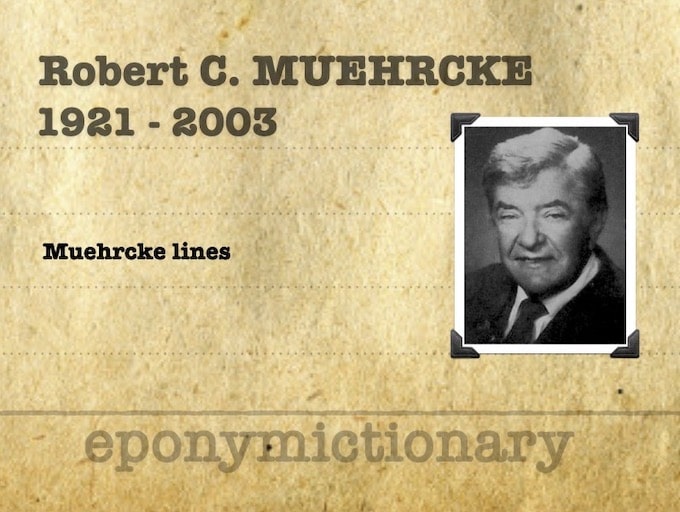
Robert C. Muehrcke (1921 – 2003) was an American physician, and pioneer in the field of nephrology. Eponym: Muehrcke lines (1956)
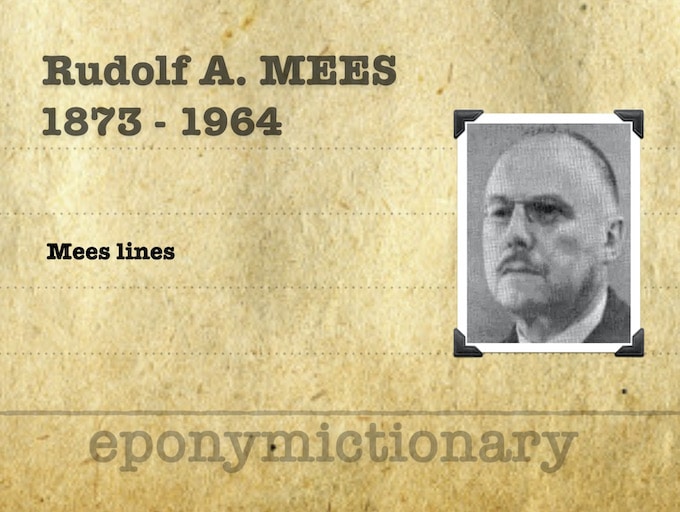
Rudolf Adriaan Mees (1873-1964) was a Dutch psychiatrist and physician. Described Mees lines in acute arsenic poisoning (1919)
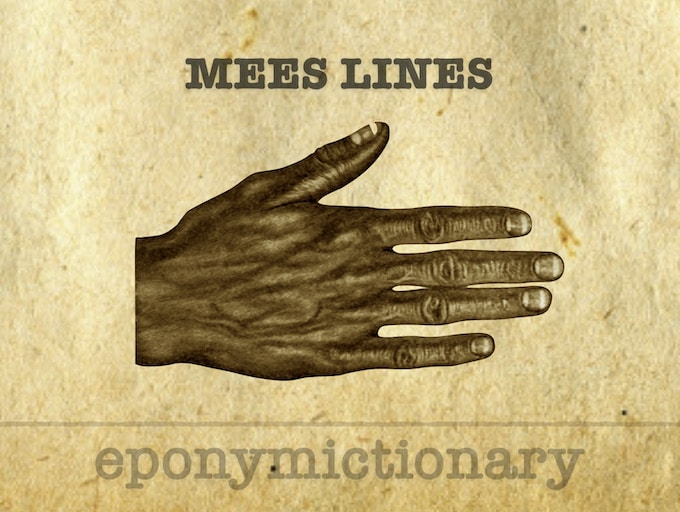
Mees lines: white bands traversing the full width of the nail, running parallel to the lunula, with no palpable ridges. As the nail grows they bands move distally and finally disappear when trimmed. The finding was initially related to acute arsenic poisoning.